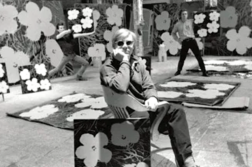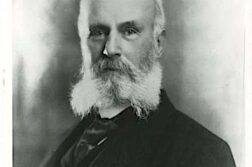LAST AUGUST, People magazine devoted its cover to the California marriage of Ellen DeGeneres and Portia DeRossi. For the publication that stands as a bellwether of American popular culture, it was business as usual—another celebrity wedding. And yet it was also extraordinary: two women dancing together, gazing into each other’s eyes. As Americans both “red” and “blue” left the grocery store with the magazine tucked in along with the Cheerios, the message that gay and lesbian couples love one another and desire to form long-term commitments was unmistakable.
The founders of GLAAD, The Gay & Lesbian Alliance Against Defamation, understood the power of the media in 1985 when they first met in a New York City apartment to consider how GLBT people were being portrayed in the mass media. At a time when the scourge of AIDS was decimating parts of the community, these activists understood that the battle had to be fought on multiple fronts. They understood that homophobia was being fueled by the media’s ability to drive public opinion. There they began to develop a new strategy for the gay and lesbian civil rights movement that would have—and continues to have—an enormous impact on the perception of GLBT people in our society.
The organization’s mission has changed little in its 22-year history. GLAAD is dedicated to promoting and ensuring fair, accurate, and inclusive representation of people and events in the media as a means of eliminating homophobia and discrimination based on gender identity and sexual orientation. The organization still focuses its attention on the power of the media to shape attitudes and opinions toward the lesbian, gay, bisexual, and transgender communities. Research tells us that the number one influence on attitudes toward this community is a personal connection with someone openly gay. The second most important influence is the mass media.






